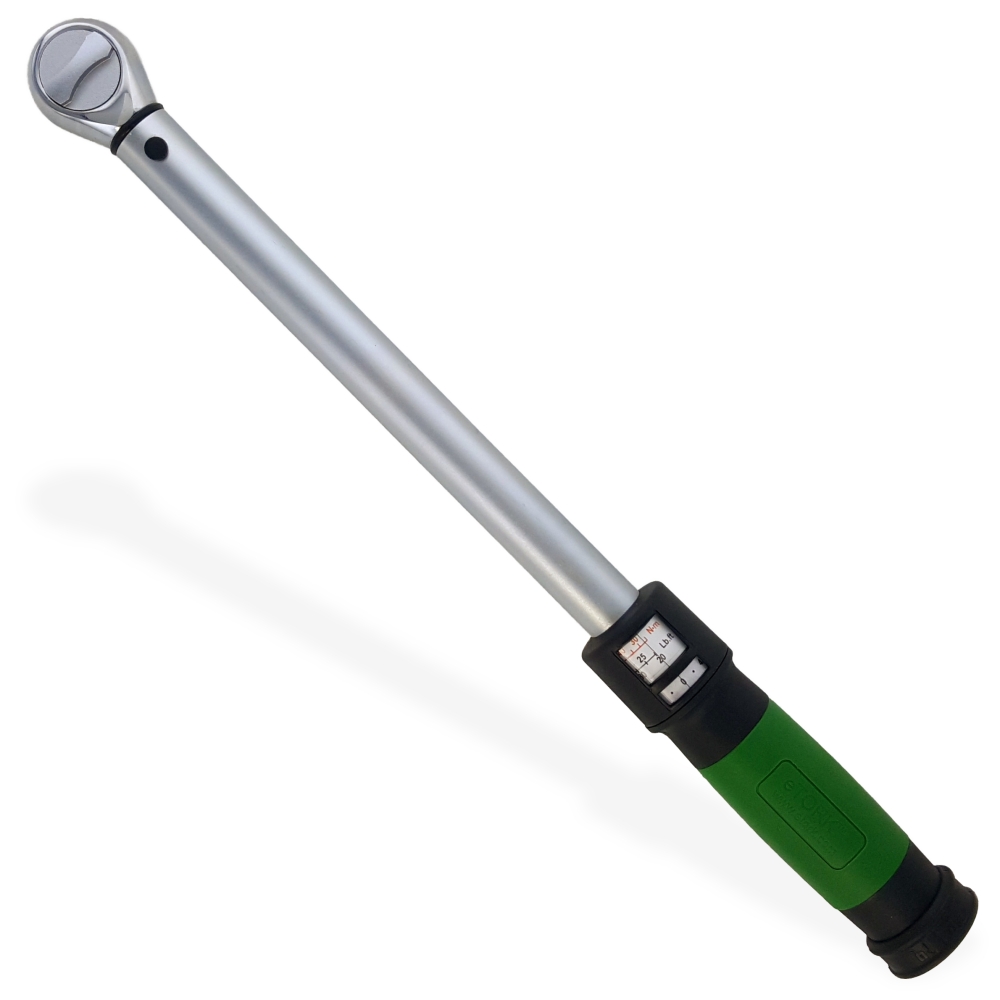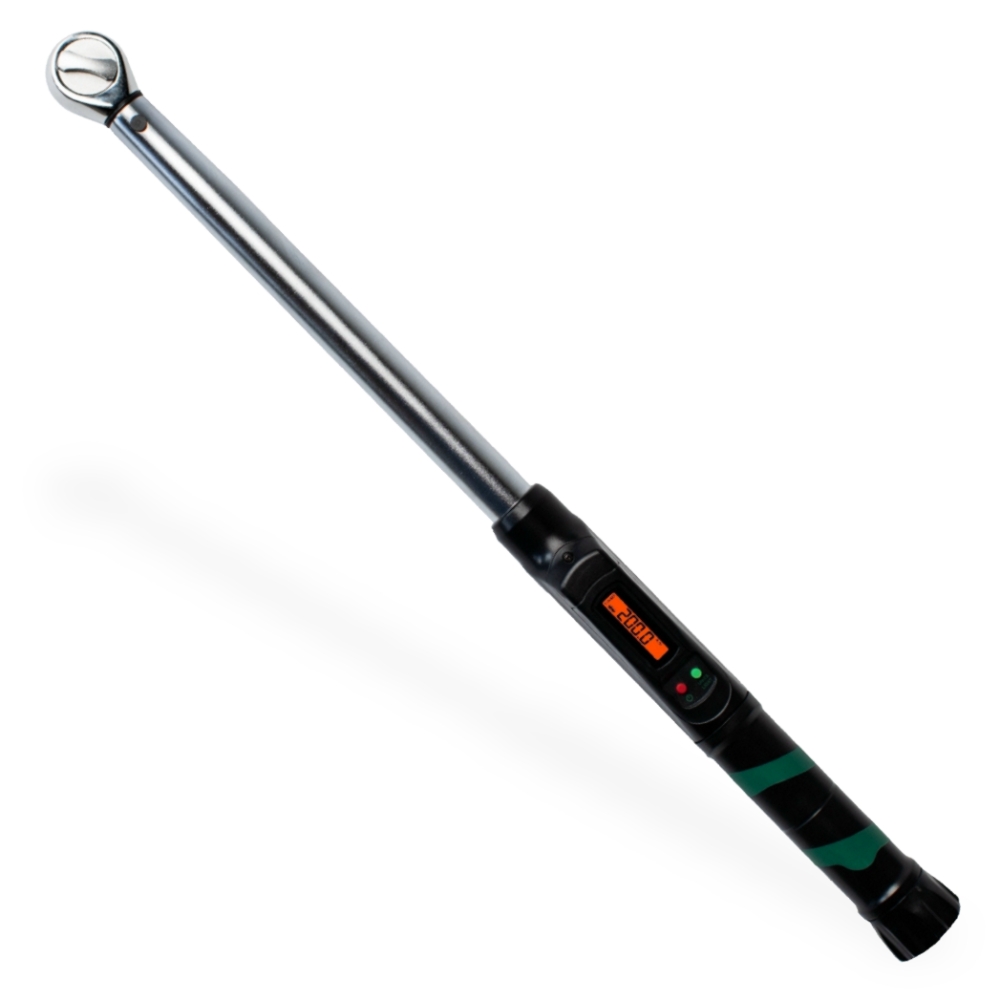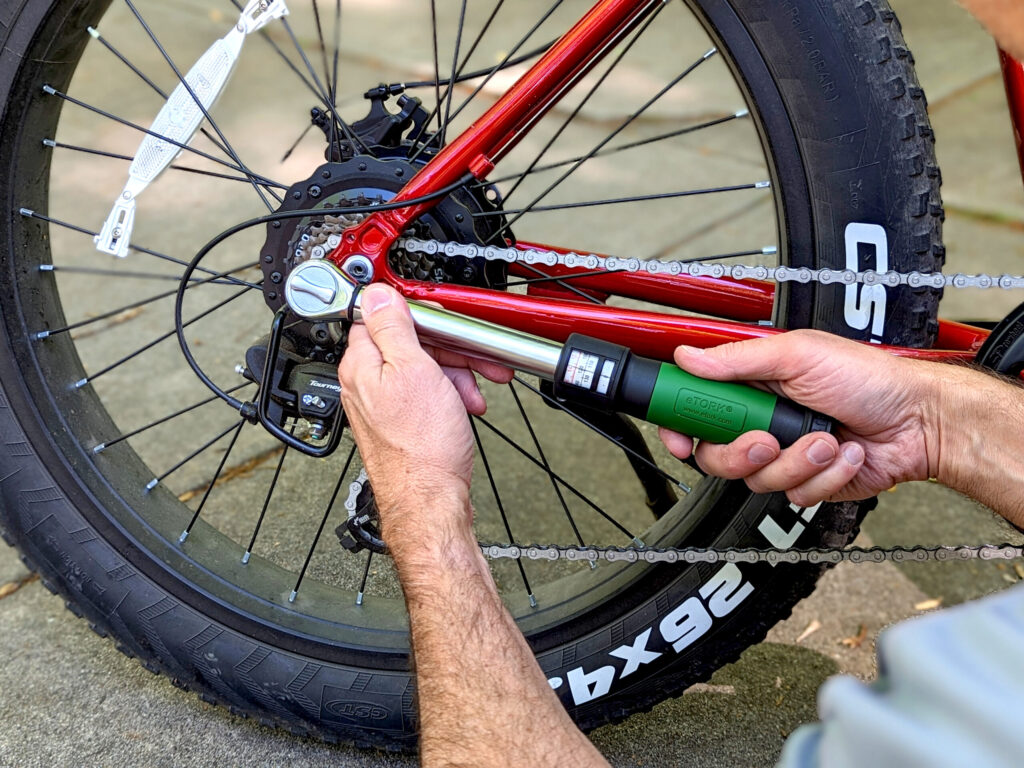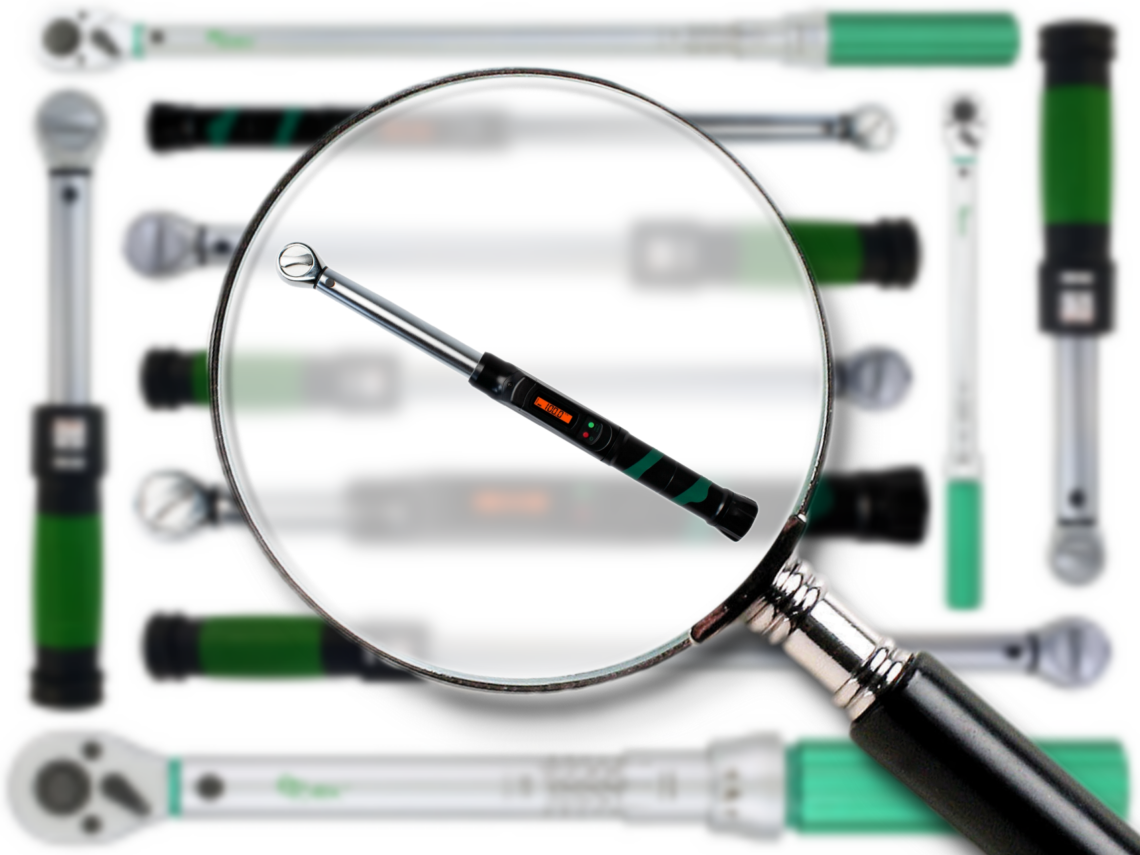Torque Wrench Sizes Explained
When it comes to torque wrenches, picking the right size isn’t a minor detail—it’s the difference between a job done right and a disaster waiting to happen. Whether you’re working on an engine, a bicycle, or industrial equipment, having the right-sized torque wrench can make all the difference. Let’s break down the various torque wrench sizes, from drive sizes to torque measurement units, so you can tackle your next project with complete confidence.
Torque Wrench Sizes: Understanding the Basics
In the world of torque wrenches, size matters. But we’re not just talking about the physical size of the tool—we’re also talking about drive sizes and torque measurement units like inch-pounds and foot-pounds. Let’s start with the basics:
- Drive Sizes (1/2″, 3/8″, 3/4″): The drive size refers to the square hole where you attach the socket. A 1/2″ drive torque wrench is the most common, perfect for automotive work and general maintenance. The 3/8″ drive is a bit smaller, ideal for more precise tasks or working in tight spaces, while the 3/4″ drive is for those heavy-duty jobs that require a lot more torque.
- Torque Measurement Units (Inch-Pounds vs. Foot-Pounds): Torque is all about how much rotational force you’re applying to a bolt or nut. Inch-pounds are used for smaller, more delicate tasks, like working on bicycles or electronics. Foot-pounds, on the other hand, are for bigger jobs—think automotive repairs or heavy machinery.
Knowing the difference between these sizes and units can make or break your project. Use the wrong tool, and you might over-torque (or under-torque) your fasteners, leading to stripped threads, damaged components, or worse.
What Size Torque Wrench Do I Need?
So, how do you decide which torque wrench size is right for your job? Here are some frequently asked questions:
- What Size Torque Wrench for Lug Nuts? If you’re working on lug nuts, a 1/2″ drive torque wrench is your best bet. Lug nuts typically require a torque setting of 80 to 100 foot-pounds, which is right in the sweet spot for a 1/2″ drive wrench.
- What Size Torque Wrench for Spark Plugs? For spark plugs, you’ll want something with a bit more finesse. A 3/8″ drive torque wrench is perfect here, offering the precision you need to avoid over-tightening, which can easily damage the threads.
- What About for Bicycles and Small Engines? When dealing with bicycles or small engines, an inch-pound torque wrench is the way to go. These tasks often require lower torque settings, and an inch-pound wrench gives you the control you need.
Pro Tip: Always check the manufacturer’s torque specifications for the parts you’re working on. This ensures you’re using the correct torque wrench size and setting, preventing damage and ensuring safety.

Torque Wrench Size Chart
For quick reference, here’s a basic chart that summarizes the most common torque wrench sizes and their suitable applications:
| Drive Size | Torque Range | Common Uses |
| 1/4″ Drive | 20-200 inch-pounds | Bicycles, small engines, electronics |
| 3/8″ Drive | 15-75 foot-pounds | Spark plugs, motorcycles, light automotive work |
| 1/2″ Drive | 30-250 foot-pounds | Lug nuts, general automotive work |
| 3/4″ Drive | 100-600+ foot-pounds | Heavy machinery, industrial applications |
A Closer Look at Torque Wrench Drive Size
Drive sizes determine how much torque your wrench can apply and the size of the fasteners it’s designed to work with. Whether you’re working on something as heavy-duty as an engine or as delicate as a bicycle, knowing the differences between drive sizes can make all the difference in your project’s success.
1/4 Torque Wrench
The 1/4″ drive wrench is the go-to for precision work on smaller fasteners. It’s commonly used for tasks like assembling electronics, working on bicycles, or performing small engine repairs. This drive size offers great control and is ideal for torque ranges between 20 to 150 inch-pounds.
3/8 Torque Wrench
Stepping up to the 3/8″ drive, this size is perfect for lighter automotive tasks and more delicate mechanical work. It’s often used on smaller automotive parts, motorcycles, and other applications where space is tight but a bit more torque is needed. This drive size typically handles torque settings between 15 to 75 foot-pounds.
1/2 Torque Wrench
The 1/2″ drive wrench is the most versatile and commonly used size, especially in automotive work. It’s strong enough to handle most jobs, from tightening lug nuts to working on engine components. The typical torque range for this drive size is between 30 to 250 foot-pounds, making it a workhorse in most garages.
3/4 Torque Wrench
When you’re dealing with heavy-duty tasks—like working on large trucks, industrial equipment, or structural components—the 3/4″ drive wrench is what you’ll need. This size is built for applying serious torque, often ranging from 100 to 600 foot-pounds, and is designed for tasks where smaller wrenches just won’t cut it.
1″ Torque Wrench
The 1″ drive wrench is the heavyweight of the torque wrench world, used in the most demanding industrial applications. It’s designed for high-torque settings, typically between 200 to 2,000 foot-pounds, and is used in settings like large machinery maintenance, heavy equipment repairs, and industrial construction.
Having a selection of different drive sizes in your toolbox gives you the flexibility to tackle a wide range of jobs with the right tool. Whether you’re tightening a small bolt on a bicycle or securing a massive fastener on a piece of industrial machinery, there’s a drive size that fits the task. Investing in the right torque wrench drives ensures you’re equipped for whatever comes your way.

Inch lb Torque Wrench vs Foot lb Torque Wrench: What’s the Difference?
The difference between inch-pound and foot-pound torque wrenches boils down to the scale of the work:
Inch Lb Torque Wrench
These are used for smaller, more precise tasks, where you need to apply a lower amount of torque. Think of work on bikes, small engines, or delicate machinery.
Foot Lb Torque Wrench
These are your go-to for more heavy-duty applications, where larger fasteners and higher torque settings are involved. Perfect for automotive repairs, machinery, and construction work.
Understanding the difference between these units is crucial for getting the job done right. Over-tightening with a foot-pound wrench on a job meant for an inch-pound wrench can lead to damaged parts, while under-tightening can compromise safety.
When to Use a Small Torque Wrench vs. a Large Torque Wrench
But size isn’t just about the torque range—it’s also about the physical tool itself and it’s ergonomics. Here’s when to go small and when to go big:
Small Torque Wrench
A compact torque wrench is perfect for those tight spaces where a larger wrench just won’t fit. They’re also easier to handle for delicate jobs where precision is key.
Large Torque Wrench
When you need to apply serious force, a large torque wrench is your go-to. These wrenches are built for heavy-duty tasks like tightening bolts on a truck or industrial equipment.

Discover eTORK Torque Wrench Sizes
At eTORK, we understand that choosing the right torque wrench size is key to achieving precise, reliable results in your work. Whether you’re a professional mechanic or a DIY enthusiast, our range of torque wrenches has something for every job. From micrometer to digital scale and foot-pound to inch-pound torque wrenches, we’ve got you covered with tools that meet the highest standards of accuracy and durability.
Explore our full range of torque wrenches and take your work’s precision to the next level. And if you have any questions or need guidance, don’t hesitate to reach out—our team of experts are always here to help.




